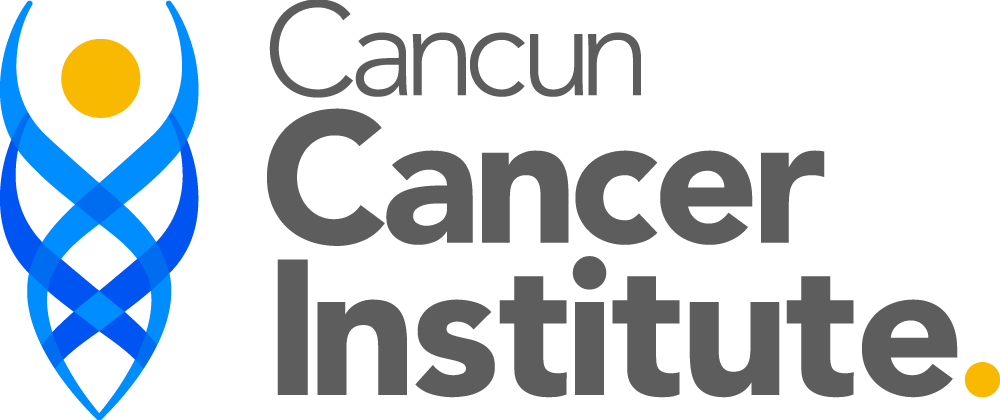CHILD CANCER.
In recent years, there have been very important advances in the treatment of childhood cancer, to the point that in few specialties the therapeutic results observed during the last two decades can be compared with those of pediatric oncology.
Cancer is the second leading cause of death in children over the age of one, second only to accidents. The annual incidence for all malignant tumors is 12.45% per 100,000 children under the age of 15.
PEDIATRIC CANCER IS NOT PREVENTABLE, BUT IT CAN BE DETECTED TIMELY.
When a child is examined and symptoms or signs that are unclear and may be associated with malignancy are identified, cancer should be suspected and acted upon to prevent late diagnosis.
SIGNS AND SYMPTOMS THAT WE CAN ASSOCIATE WITH CHILDHOOD CANCER.
-Fever without cause or for more than a week.
-Easy tiredness and paleness.
-Brownings or bleeding in any part of the body.
-Weightloss.
-Growth growth.
-Persistent bone pain.
-Abdominal growth.
-Persistent headache and accompanied by morning vomiting.
-Abundant sweating and regularly at night.
MOST FREQUENT CANCERS IN CHILDREN.
-Acute leukemias: It is the most common cancer in children and is cured in 90% of cases and it is an uncontrolled increase in blood cells. The most frequent symptoms are: Fever without cause, paleness, bleeding, node growth and tiredness.
-Lymphomas: It is cancer in the lymphatic tissue and occurs commonly with the growth of nodes, it ranks third in childhood neoplasms and its most frequent symptoms are: Growth of nodes, weight loss, paleness and night sweats.
-Tumors of the central nervous system: They are solid tumors in the cranial cavity and their symptoms are: Persistent headache and is usually accompanied by vomiting of morning predominance, visual disturbances, disturbances in balance and gait, seizures, this depending on the location of the tumor.
